Organization Cultures And Committees
The time during your A-level is full of adrenaline rush, too many deadlines to meet, worries about university applications, and also preparing for all of the exams at once, so there is so much going on that can leave students very exhausted. So after A levels conclude and students start their ACCA at MHA, it provides an outlet for students to fully express who they are. This institution embraces us wholeheartedly and allows us the luxury to work at our own pace and in a way in which we are the most comfortable. MHA has been a pioneer in introducing recorded lectures in the education sector and has constantly been excelling in updating its app and being at the forefront of providing us with top-class services.
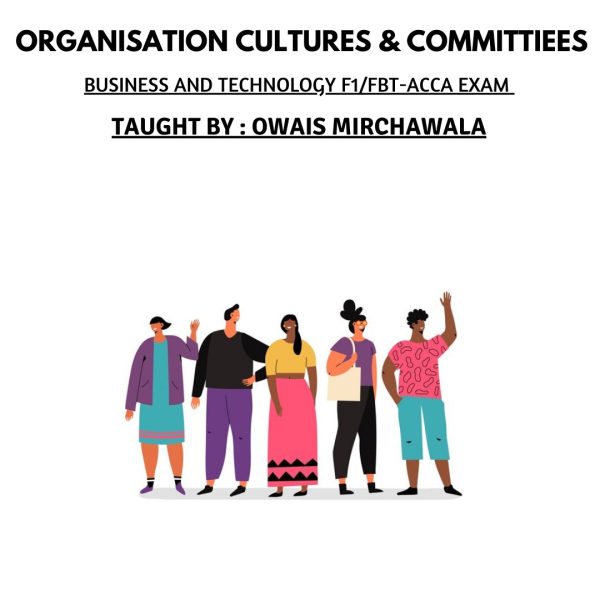
The option to study BT online has allowed us the incentive to make the most out of the subject. Rewinding and forwarding to either reiterate a concept or to relive Sir Owais’ hilarious real-life examples has never become an issue anymore. His best quality as a teacher is that he turns the topic into a 3D model, not by building its actual structure, but by creating a vision of the topic by giving various real-life examples. It is as if the contents of the topic are kaleidoscoping in a student’s eye and they are fully submerged in the depth of it as Sir Owais explains it through his timeless wisdom. Being tangled into this chamber of fluorescent light where my gaze is settled upon the computer screen and if we zoom out, all of the aspiring ACCA students’ gaze fixed onto the computer screen, we have learned more than any history lesson can ever teach us.
Mirchawala’s Hub Of Accountancy and Sir Owais’ BT classes reinforced who I truly am, They never let me forget that I’ll always be somebody and that I’ll always be myself no matter how high the tide gets. It showed me that I am defined only by my standards and that no force, mortal or otherwise will ever stop me from being persistent in what I believe in.
EXPLORING THE DEPTHS OF ORGANISATIONAL FUNCTIONS:
Every organization consists of several functional departments that contribute to business in their unique ways and assist businesses in achieving their overall goals. They are listed below:
1. Research and Development (R&D): Every organization needs to have an effective R&D department to aid them in retaining or capturing a competitive edge in the market. This is important for businesses because inventions generate new possibilities, and some of them are converted into successful profitable innovations, which allows businesses to survive and grow in a rapidly changing market.
There are two types of research:
Pure: No immediate commercial advantage
Applied: Specific application
2. Purchasing: This is concerned with purchasing the raw materials and services used by an organization. Effective purchasing includes buying goods and services for the best value in optimal quantity which ultimately meets all the targets.
3. Production: converts raw materials into finished products. It takes the inputs, processes them, and converts them into outputs by adding value to them, which compels the customer to pay a higher amount than the product is worth. There are two types of decisions the production manager has to take:
- LONG-TERM DECISIONS: These are related to decisions that will affect the organization permanently or in the long run. They include recruiting and selecting employees, job designs, and location decisions.
- SHORT TERM DECISIONS: These are concerned with the control and running of the organization. They include labor supervision, production, and control, maintenance, etc.
4. Service operations: A lot of organizations are service-oriented. They sell intangible goods to customers to earn profits. They differ from usual businesses in three ways:
- SIMULTANEOUS: Production and consumption of service take place at the same time.
- HETEROGENOUS: The quality of service varies each time it is performed
- PERISHABLE: services can not be stored, which means they have to perform when needed.
5. Marketing: According to the Chartered Institute of Marketing, it is defined as ‘the management process which identifies, anticipates and satisfies customer needs profitably’
Marketing is much more than just advertising or selling. It also involves several related management functions including market research, product and packaging design, pricing advertising and distribution, and customer service
THE MARKETING MIX
The marketing mix is a range of tactical decisions for marketing a product. Deciding on the appropriate marketing mix is a major factor in influencing whether a business can sell its products profitably. It is made up of four interrelated decisions called the 4 Ps.
- Product: Consumers require the right product. This might be a new product altogether or an adaptation of an existing product
- Price: The price has to be right too. If the price is set too low, then customers might lose confidence in the quality of the product and if it is set too high, then many people will be unable or unwilling to afford it. The two types of pricing are penetration pricing and price skimming. Penetration pricing is a price pitched at low levels to persuade the consumer to buy. And price skimming is when prices are set very high to maximize profits.
- Promotion: telling consumers about the availability of products and persuading them to buy them.
- Place: refers to how the product is distributed to customers through distribution channels. Even if the best product with the best price is not available in the right place, it will not be sold in the required quantities.
All P’s need to fit together in a consistent integrated plan
- Administration: Most of the administration functions are centralized in a lot of organizations. The advantages of doing this include:
- A fixed set of procedures is followed so there is rapid decision-making.
- Consistent policies prevent any difference of opinions
- Senior managers make the decisions for the business as a whole unit and not just in the interest of one organization
- It allows for greater economies of scale
However, there are certain disadvantages:
- Tasks might be delayed as local offices have to wait for decisions from up top.
- There is a lot of reliance on head-on-head offices which makes workers less self-sufficient
- A fault at the head office will affect the whole organization.
- Finance: The finance function is concerned with raising money, recording transactions, providing information to managers
It is also concerned with treasury management which plans and controls the sources of funds used by the organisation. They also manage foreign currency and conduct management accounts.
The Financial Control Culture is based on the belief that success depends on achieving efficiency by having a well-managed/administered organisation in which good management information systems support cost planning and control systems.- READ MORE
WHAT IS ORGANISATIONAL CULTURE:
Organizational culture is a very interesting topic, often subjected to a lot of debate from different viewpoints. The actual definition of it is ‘ the way we do things around here’. This means how people within an organization make decisions and interact with each other and other stakeholders.
ELEMENTS OF CULTURE:
According to Edgar Schein, three elements of culture build on them.
1 . The first level is observable. It means the explicit elements of culture. And those are the behavior, that is acceptable and what is not. Artifacts, the architecture/workplace. And attitudes of employees such as greeting styles and business formalities.
- The second level is the values and beliefs that lie beneath the observable phenomenon and the professed cultures, which gives the attitude and behavior a professed meaning.
- Beneath these values lie assumptions, the foundation idea that programs this way of thinking and behaving
There are 5 favorable aspects of culture which are briefly described below:
- Customs such as ‘dress down Fridays’
- Beliefs and values like ‘customer is always right’
- Rituals for example ‘Employer of the Month’
- Symbols which are often the logo of the organisation
- Artefacts, an effective example of this is Microsoft which encourages its employees to communicate by setting aside spaces for this purpose.
Charles Hondy describes 4 types of organizational structures, named after their Greek Gods.
The first is power culture/Zeus where an organization is controlled by a figurehead. Power is direct and informal
Second is role culture/apollo, this is the classical bureaucratic organizational structure and is likely to be regulated and hierarchical
Third is Task culture/Athena is more team-oriented and there are fewer levels of hierarchy in it. It is mostly teams based on projects.
Lastly, person culture/Dionysus is designed for people who serve the organization
National Culture: influences how people work and how they expect to be managed.
The Hofstede Model describes all four main dimensions of difference between national cultures, which impact all aspects of management and organizational behavior: motivation, teamwork, leadership style, conflict management, and HR policies.
Power Distribution (PD): The extent to which unequal power is accepted.
High PD cultures accept greater centralization. Lower PD expects less centralization and a flatter organizational structure and employees are expected to participate in decision-making.
Uncertainty Avoidance (UA): The extent to which security, order, and control are preferred to ambiguity, uncertainty, and change. Low UA respect flexibility and creativity and high UA cultures respect control, security, and ritual.
Individualism: considers the degree to which people prefer to work alone or collectivists, depending on groups. High individualists prefer autonomy and individual choice and responsibility. Collectivists see an organization as family and relationships are more important to them than task achievement.
Masculinity: the extent to which social gender roles are distinct. Masculine values are assertiveness, competition, and material success. Feminine values are modesty, consensus, and tenderness.
COMMITTEES
A committee is a group of people who take responsibility for managing certain issues of an organization. It is a method of collective thinking, corporate judgment, and common decision. It may be temporary to resolve short-term issues or maybe set permanently for more pressing issues.
The purpose of the committee includes:
- A group of people brainstorm ideas and sit down and discuss new ideas and innovations.
- The exchange of ideas provides a creative outlet which opens room for growth.
- It may sit down to lay organizational policies.
- Different minds sit down together and people with different mindsets and departments compile a master budget.
- Making recommendations for others to follow is a key output of the committee process.
The committee chair has to make immediate rulings, should be impartial, and should have discretion over procedures.
The committee secretary prepares for committee meetings, makes notes during meetings, and prepares minutes, acting on decisions.
TYPES OF COMMITTEES:
- Executive committees have the power to govern and administer. The board of directors of a limited company is itself a committee appointed by shareholders, to the extent it governs or administers.
- Standing committees are formed for a particular purpose permanently. Their role is to deal with routine business activity.
- Ad Hoc committees are formed to complete a particular task. They are dissolved when the project is over.
- Sub-committees may be appointed by committees to relieve the parent community.
- Joint committees are when two committees are merged.
Advantages of committees:
- Sharing authorities
- Delegation
- Blurring of responsibility
Disadvantages of committees:
- Slow decision making
- Time time-consuming and expensive
- May remove executives from other tasks.
Frequently Asked Questions (FAQ’s):
Q1. What are the 3 layers of organizational structure?
Ans. Artifacts, exposed values, and assumptions.
Q2. What is the most important function of an organization?
Ans. To create value for the consumer
Q3. What are the 5 functions of an organization?
Ans. planning, organizing, staffing, controlling, and budgeting.
In conclusion, in this complex and multifaceted world where everyone is hurdling, trying to fit in, and making sure that associate with a culture or a community, studying the function and culture of organizations and committees from MHA can provide an insightful view into the world of work and it is also a sneak peek in how organizations work, so young minds should stay on the top of our game, and take regular classes from Sir Owais as he spills gems on how to make sure that you will find your place in the real world as well as in MHA.
Written by Roha Shahid Bright student of Mirchawala’s Hub OF Accountancy

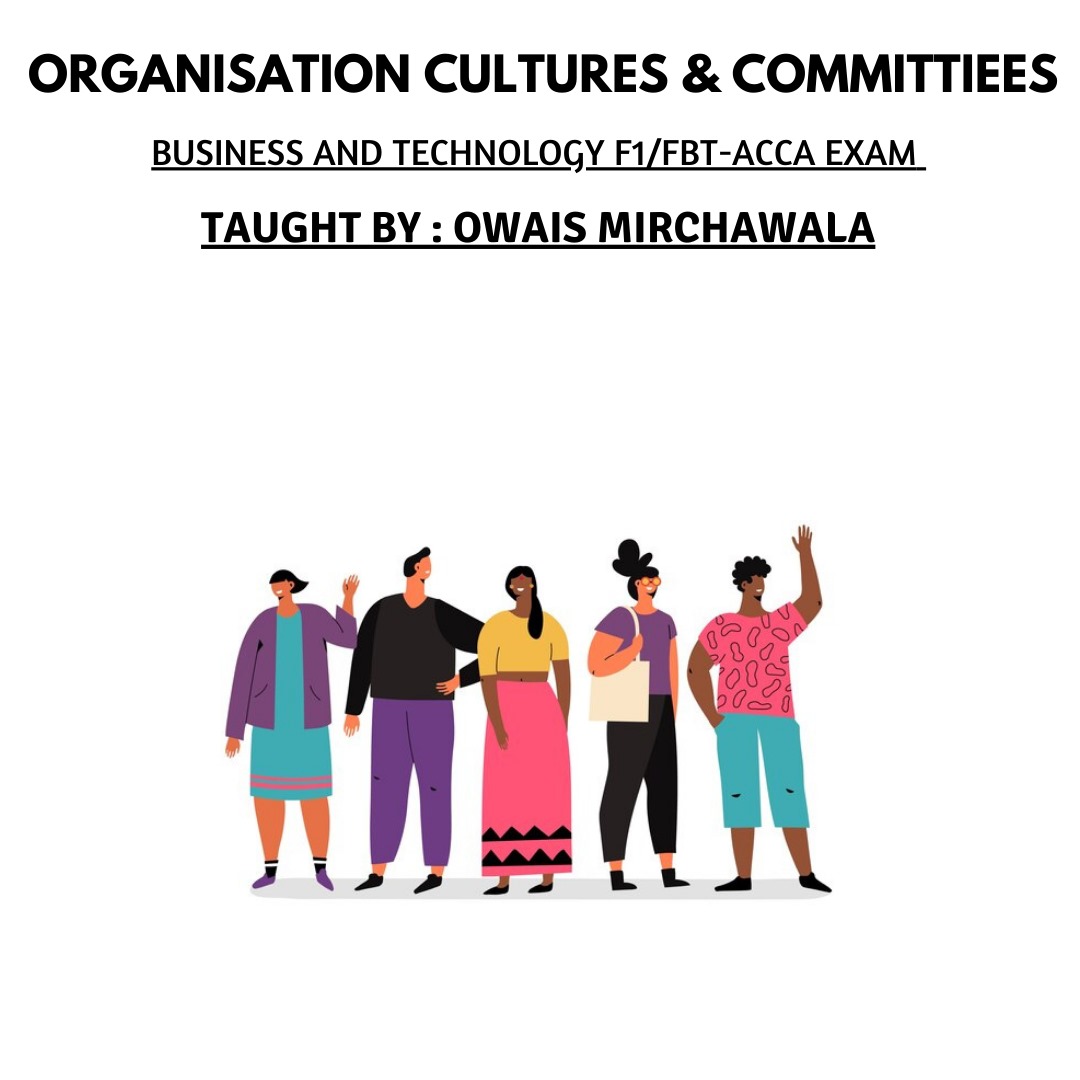
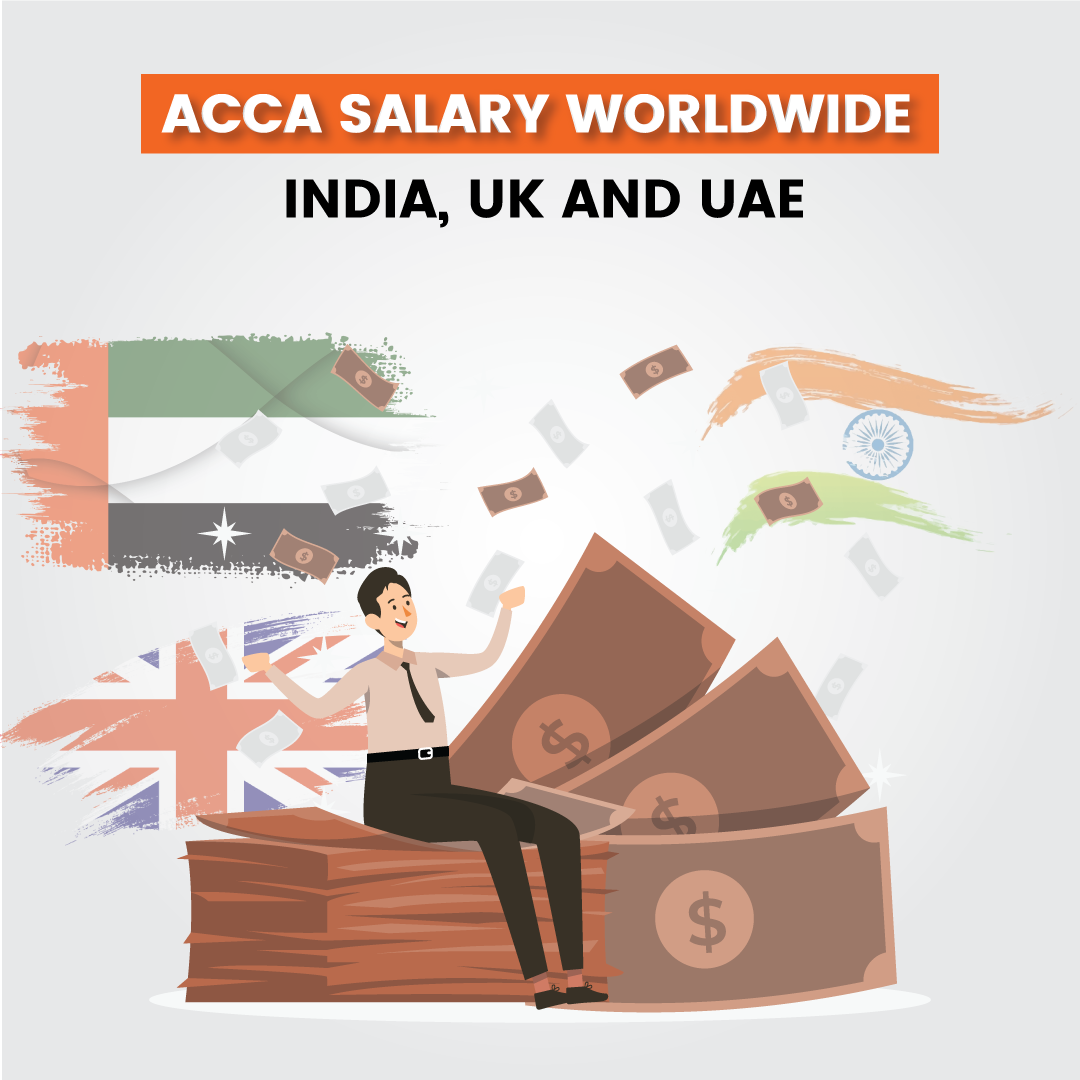


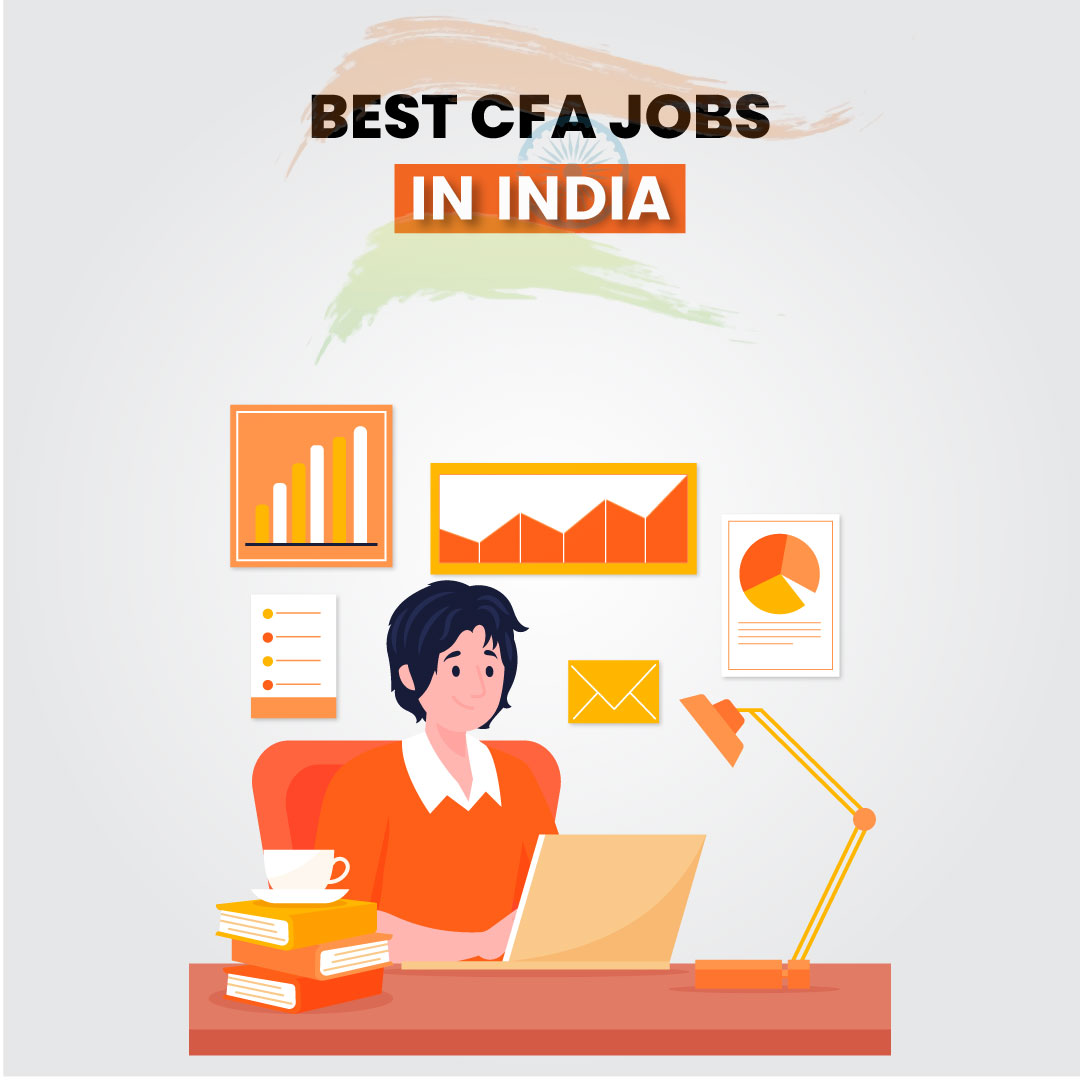
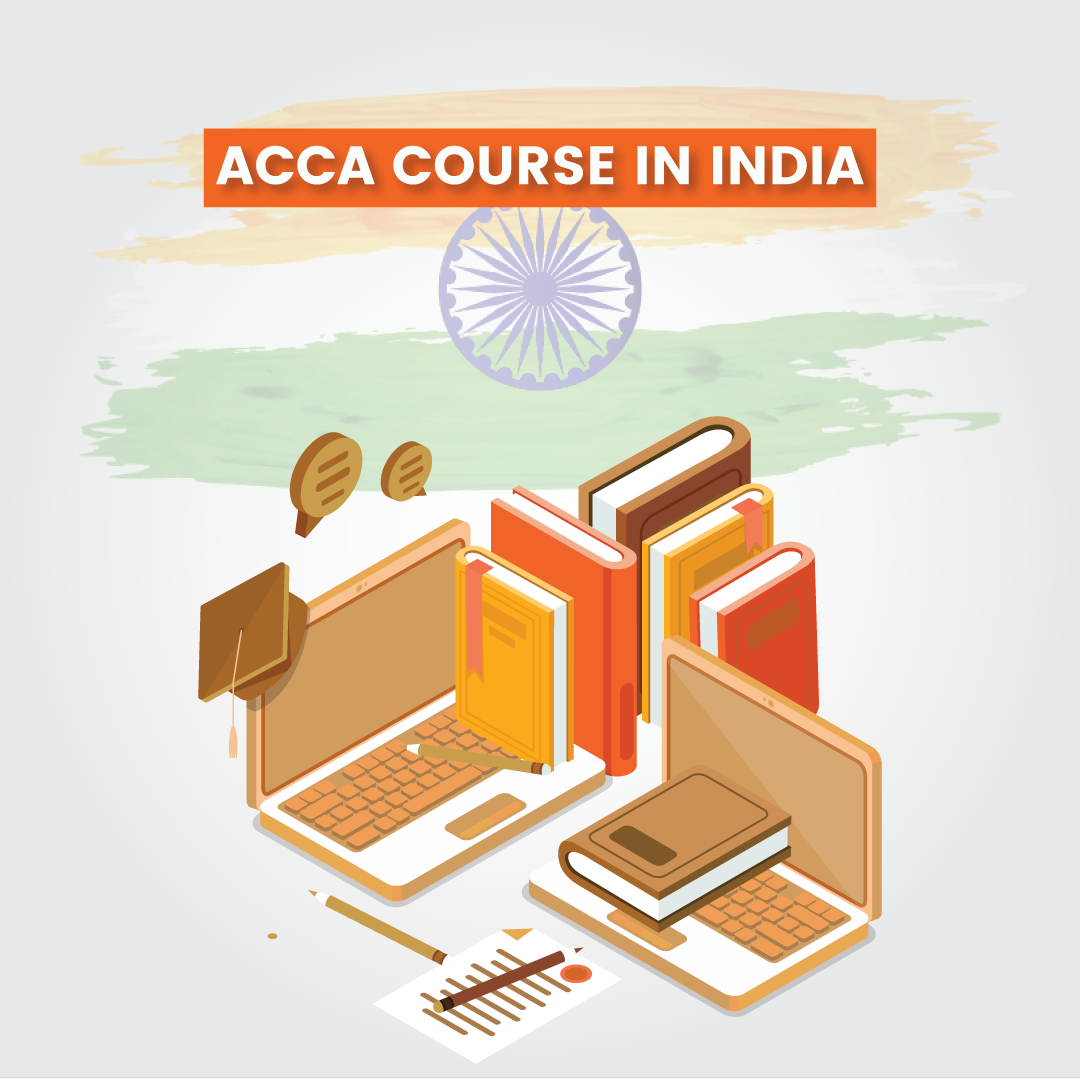


[…] Accounts What is a Control Account? Control account is a Read more October 24, […]
Comments are closed.